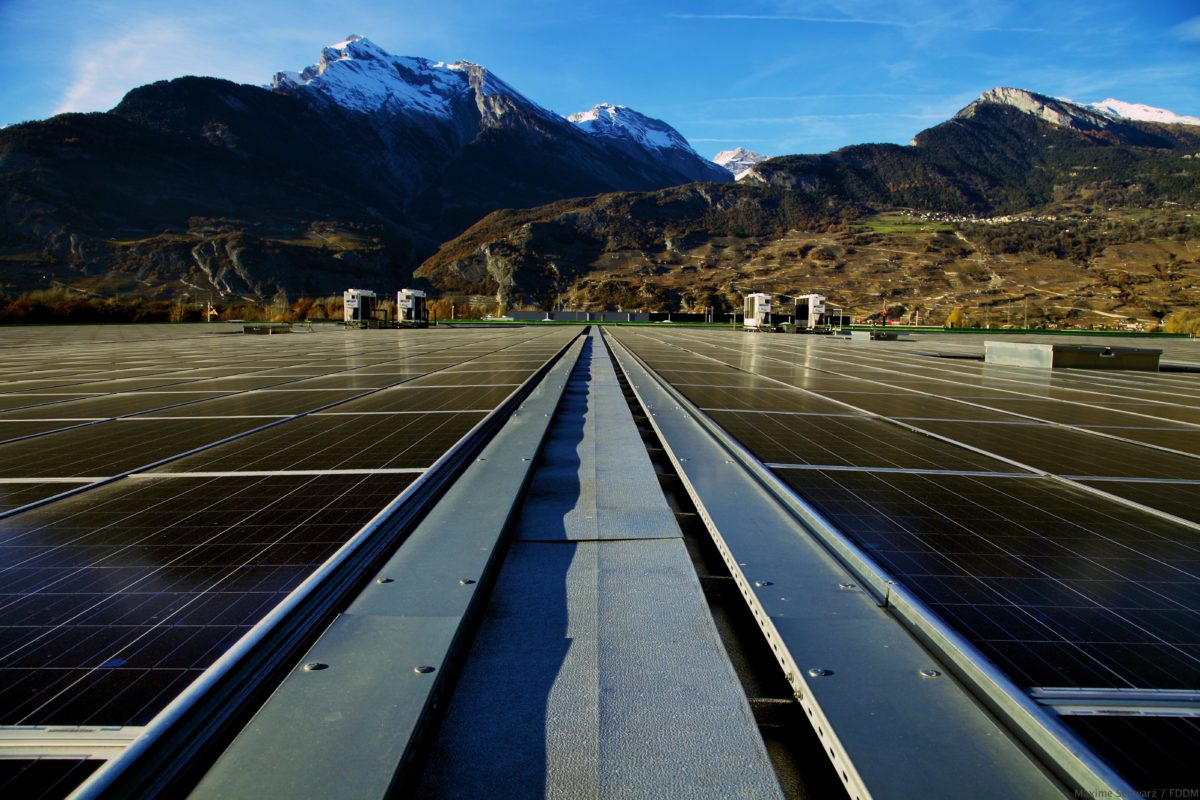India’s bold target of 175 GW of installed renewable capacity by 2022, which includes 100 GW of solar, is achievable because the nation’s power grid can be balanced and adapted to the intermittent nature of renewable energy (RE) sources, finds a study developed under the US-India bilateral program Greening the Grid, identifying future course of action to enable such integration.
The study, titled GREENING THE GRID: Pathways to Integrate 175 Gigawatts of Renewable Energy into India’s Electricity Grid was launched by Indian Minister for Power Piyush Goyal and shows that India’s coal-dominated power system has the flexibility necessary for adding large amounts of renewable energy, while avoiding unpredictability and saving costs.
“It is time for the people of India to get ready and embrace the change with a ‘New Mindset’ of a ‘New Grid’ for a ‘New India’, which is ready to integrate large amount of renewable energy,” Goyal said at the launch.
Balancing and curtailment
Among the key findings of the study is that power system balancing with 100 GW of solar and 60 GW of wind is achievable at 15-minute operational timescales with minimal RE curtailment.
This RE capacity generates 370 TWh annually, meeting 22% of India’s electricity demand and reaching an instantaneous peak of 54%. Based on experience of other countries with significant RE penetration, India’s annual RE curtailment would stand at 1.4%.
According to the report, the annual RE penetration amounts to around 50% of load in three Indian states: Andhra Pradesh, Rajasthan and Karnataka.
Coal with/without new RE scenario
Even in the absence of new RE capacity, nearly 10 GW of Indian coal plants never run at any point of the year. According to the study, retiring coal plants that operate at less than 15% of their capacity annually, totaling 46 GW (i.e. 20% of installed coal capacity), has almost no effect on system operations.
With the wind and solar penetration rate of 22% in the annual generation (i.e. 160 GW RE scenario), consumption of coal and gas falls 20% and 32%, respectively, and CO2 emissions fall 21% (280 million tons). As a result, plant load factors for coal drop from 63% to 50% with nearly 20 GW that is never economical to start.
Furthermore, the study indicates that reducing minimum generation levels of large thermal plants is the biggest driver to reducing RE curtailment. Namely, changing minimum generation levels of all coal plants, from 70% today to 55% of rated capacity (consistent with the CERC regulations) reduces RE curtailment from 3.5% to 1.4% and annual operating cost by 0.9%, or INR 2000 crore. Reducing minimum generation levels further, to 40%, reduces RE curtailment to 0.76%, with negligible decreases to annual operating costs. If only centrally owned plants achieve 55% minimum generation levels but state-controlled plants maintain minimum generation levels of 70%, RE curtailment is 2.4%.
Aggregated nationally, systemwide one-hour up-ramp increases 27% compared to a system with no new renewables, to almost 32 GW up from 25 GW. This ramp rate can be met if all generating stations exploit their inherent ramping capability. Moreover, the study found no significant change in either production cost or RE curtailment when coal generation ramp rates were made less flexible in the simulations, although this study assumes a similar load shape for 2022 as prevailing today.
Bringing down production costs, RE curtailment
Although not essential for 160 GW RE integration, changes to operational practice can reduce the cost of operating the power system and reduce RE curtailment.
Scheduling and dispatch that is optimized at the regional, rather than state level can support more efficient operations of thermal plants and reduce annual operating costs by 2.8%, or INR 6,300 crore (approximately $980 million). National coordination provides even further cost savings (3.5% savings) and reduced RE curtailment (to 0.9%).
In addition, the study provides a copper plate scenario, which represents a market based on a nationally optimized least-cost dispatch principle, a transmission system with no constraints, and operations with no barriers to scheduling, reduces RE curtailment to 0.13% and production costs by 4.7%. Though not physically plausible, this scenario provides insights into how the modeled results of other, feasible cost and curtailment-mitigation measures compare to those that would be achieved if all transmission and market constraints could be relaxed.
As found by the study, batteries have an insignificant impact on emissions and total cost of generation, although they do reduce curtailment (from 1.4% to 1.1%). However, the value of this curtailment is offset by the batteries’ efficiency losses during operation.
In the 100S-60W scenario, 2.5 GW of batteries (75% efficient) reduce RE curtailment by 1.2 TWh annually, but lose 2.0 TWh annually due to inefficiencies. Also, there is insignificant impact on the total cost of generation because the overall generation mix changes little.
As specified in the Indian Ministry of Power’s release, the report was prepared by India’s Power System Operation Corporation (POSOCO) and the U.S. Department of Energy’s National Renewable Energy Laboratory (NREL) and Lawrence Berkeley National Laboratory (LBNL) using advanced weather and power system modeling, under the leadership of Ministry of Power and the U.S. Agency for International Development (USAID) with co-sponsorship from the World Bank Energy Sector Management Assistance Program (ESMAP) and the 21st Century Power Partnership.
This content is protected by copyright and may not be reused. If you want to cooperate with us and would like to reuse some of our content, please contact: editors@pv-magazine.com.




The problem in India as elsewhere is no longer technical or even economic but political. A grid in which average coal plant CF is 55% and 20 GW of coal plants never run is a grid in which Adani, Tata and other powerful industrialists lose billions in stranded investments. This is already happening, with the above mentioned pair offering majority stakes in their giant 4 GW plants at Mundra in Gujarat to the state government at 1 rupee each. How will the losses be shared out? The billionaires will take a hit, but will not be reduced to poverty.